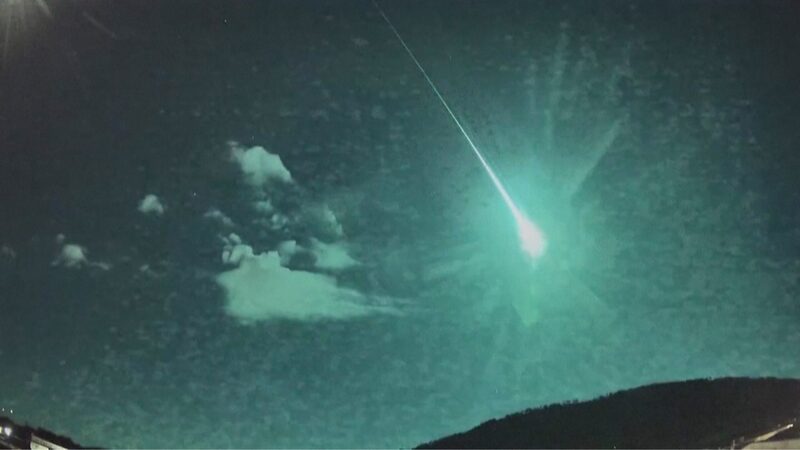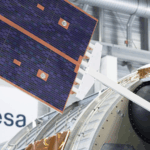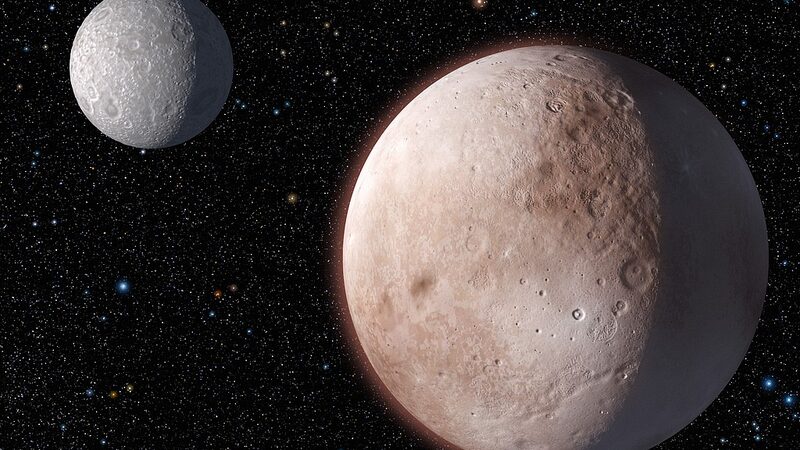The European Space Agency (ESA) is deploying spacecraft from its Mars and Jupiter exploration missions to track interstellar comet 3I/ATLAS as it traverses the solar system. This unprecedented collaboration aims to capture critical data during the comet's peak activity phase, offering insights into the composition of objects born around distant stars.
Discovered in July 2025 by Chile's ATLAS telescope, 3I/ATLAS joins a rare category of interstellar visitors. Its hyperbolic orbit and blistering speed of 219,000 km/h confirm its extrasolar origin. While ground-based telescopes will lose visibility in September 2025 as the comet approaches the Sun, ESA's Mars Express and ExoMars Trace Gas Orbiter will conduct close-range observations from October 1-7. They'll be joined by NASA's Psyche mission and China's Tianwen-1 orbiter in a unique cross-agency effort.
The ESA-led observation campaign reaches its climax in November 2025 when the Jupiter Icy Moons Explorer (JUICE) monitors 3I/ATLAS during perihelion – the comet's closest approach to the Sun. This phase triggers maximum outgassing activity, allowing scientists to analyze the chemical signature of vaporized ices through spectroscopy.
"Understanding interstellar comets helps us map the distribution of organic materials across star systems," explained space scientist T. Marshall Eubanks. The findings could reveal whether the building blocks of life are unique to our solar system or common throughout the galaxy.
Reference(s):
ESA uses Mars, Jupiter missions to track interstellar comet 3I/ATLAS
cgtn.com








